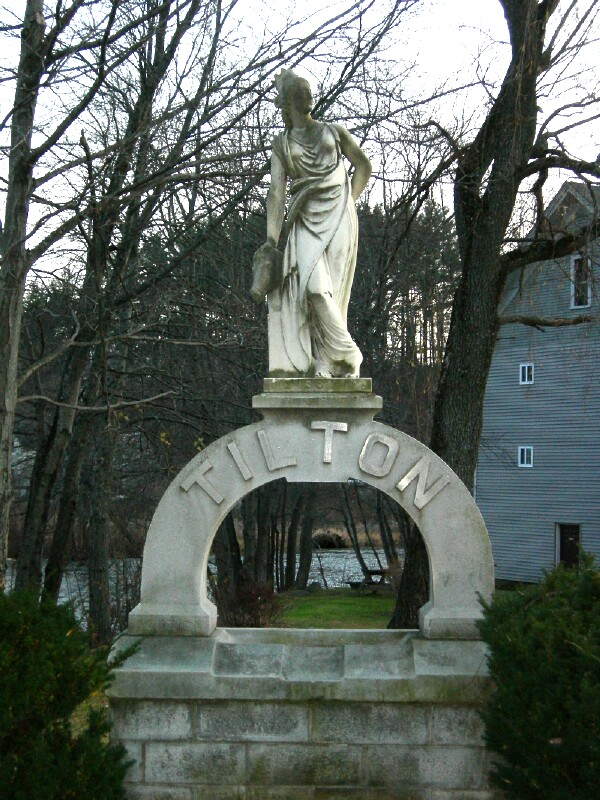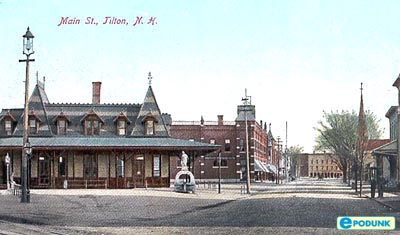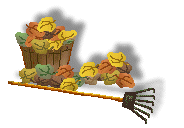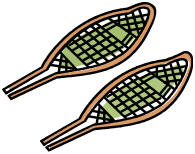
A Special Place to Visit in Tilton


The town of Tilton has many special places – natural, historic,
architectural, and retail.
This Tilton Conservation Newsletter offers a glimpse into
one special place -
or, in
this case, one special object - the marble statue known as Europa,
or
Timetable Mabel.
The statue was purchased by Charles E. Tilton in 1882 in London and
brought
to Tilton to be placed placed by the railroad station next to a
fountain.
When the railroad station was removed, the statue was
placed in storage.
In 1970, she was moved to her current location near the Tilton Island
Park.
Improve Your Lawn Without Raking

Each fall comes a dreaded task - raking and bagging leaves in
what seems like a never-ending process.
However, new research suggests that there is no reason to
continue this practice. It appears that mowing
leaves into the lawn improves the soil and adds organic matter
and nutrients. At Michigan State University,
a mower was set to a height of three inches and used to
mow an 18 inch deep layer of leaves. The following
spring, the lawn was healthy, with improved soil, and had few
leaves remaining.
You can follow the Michigan State study by setting the mower
height to three inches and mowing weekly
when your lawn reaches a height of four inches. It's best to mow
when leaves are slightly damp, such as
after a light dew. It was also discovered that un-raked leaves
in flower beds will not harm perennials.
This information (and more) can be found at
http://www.wiltonct.org/PDFs/conservation/Newsletters/Newsletter_Fall_07.pdf
Brake For Moose
Seeing a moose can be an exciting sight, but not when you're
driving and he's crossing the road.
Each year, there are about 250 moose-car collisions in NH,
resulting in injuries and death. NH Fish
& Game has some suggestions for drivers.
1. Moose are most active from April to November and most
collisions take place at dusk or dawn.
Stay alert. Keep your speed down. Wear a seatbelt. Use high
beams, if possible.
Scan the sides of the road. Don't expect the moose to stop if
you see one.
2. Remember: The average moose weighs 1000 pounds and is
about 6 feet tall at the shoulder.
You will likely only see his legs. Stop and wait for him to
pass. You won't see a
reflection from his eyes because your headlights don't reach
that high.


Feeding Birds in Winter
While birds feast on insects during the summer, winter is when they
need a little help. Offer a
variety of seeds to attract a variety of birds. Below are some
suggestions:
Black Oil Sunflower - cardinals,
woodpeckers, blue jays, goldfinches, purple finches, chickadees,
titmice, nuthatches
Nyger (replacing thistle) - goldfinches
Safflower (best of all, squirrels don't like them) - chickadees, titmice, downy woodpeckers
White Millet (inexpensive) - scatter on the ground for sparrows, juncoes, and mourning doves
Suet (provides energy) - woodpeckers

